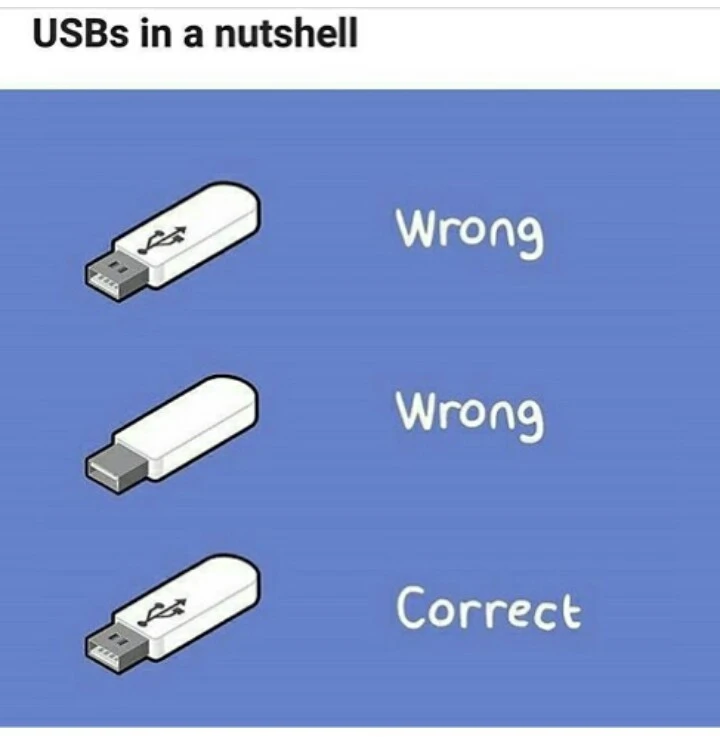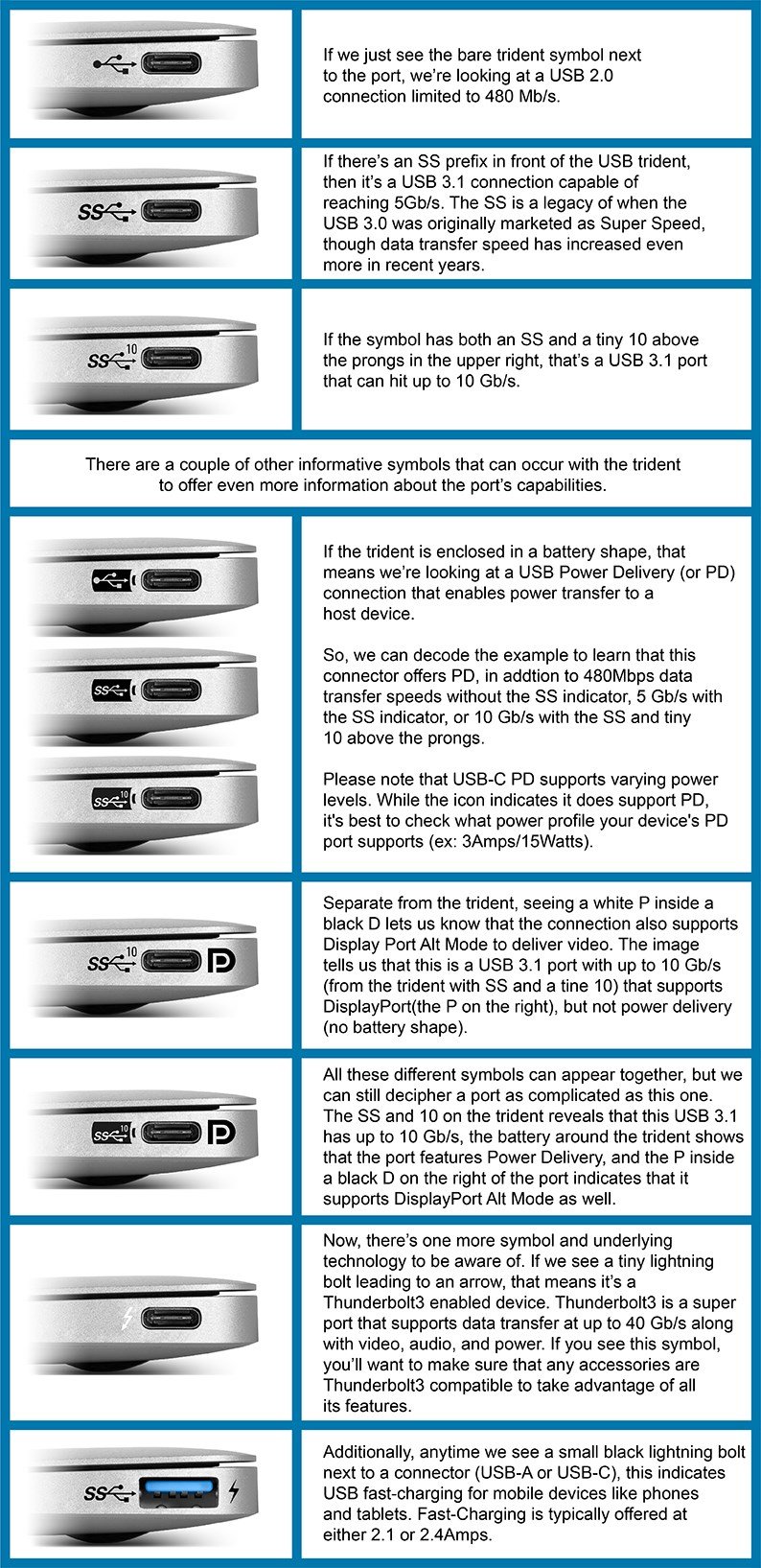You won't find these symbols on most devices though (certainly not on any macbook as the picture suggests).
Technology
This is a most excellent place for technology news and articles.
Our Rules
- Follow the lemmy.world rules.
- Only tech related content.
- Be excellent to each other!
- Mod approved content bots can post up to 10 articles per day.
- Threads asking for personal tech support may be deleted.
- Politics threads may be removed.
- No memes allowed as posts, OK to post as comments.
- Only approved bots from the list below, this includes using AI responses and summaries. To ask if your bot can be added please contact a mod.
- Check for duplicates before posting, duplicates may be removed
- Accounts 7 days and younger will have their posts automatically removed.
Approved Bots
By removing the symbols they were able to shave the case down 0.0003nm, making it the thinnest and lightest laptop ever.
Courage!
Stunning and brave!
I didn't take the image to be showing a macbook, it could just as easily be my computer or probably many others.
True, my latest Dell laptop has 3 "usb-c shaped ports", there is 0 symbol anywhere close to them or the underside cover, you're on your own as to what it supports, you have to find the doc online somewhere I guess.
It gets even better, each function of the port also needs proper support from the cable. Often cables do not support the full spec of usb to cut costs.
While the symbols in the post are often put on computers, for usb cables this is seldom done (only a few brands do).
Source: had to find a cable that supports both DP and PD to connect a portable external monitor after I lost the original cable. (1/9 cables worked)
Yes, this is incredibly annoying and it's also the reason why some USB cables cost more than others, even they may look the same superficially.
One of those cables that don't work is rated for like 120W, with gigabit transfer speed... But it refuses to transmit display.... Like bruh
1080p at 60 Hz is 4.4 gigabit
Didn't really think about that one but you're right damn... (Looked it up, and it depends on the bit depth etc, but it's around 3.2Gbps for the display settings if I'm correct)... So that explains a lot
Gigabit is capable of like 720p@30Hz which it probably should be able to fall back on, but I understand why they wouldn't do that haha. 1080p@15Hz is also possible :)
What is the difference between USA and USB?
One connects to all your devices and accesses your data, the other is a hardware standard.
One gives you power, the other does everything it can to make sure you never do.
exept when manufacturer don't give a fuck and print whatever or nothing next to the port. like always
TL;DR: The USB Implementers Forum is ridiculously bad at naming, symbols and communication in general. (And they don't seriously enforce any of this anyway, so don't even bother learning it.)
This is the correct answer; after the whole USB 3.2 Gen 2 2x2 (hands of blue) bullshit, I wouldn’t trust that team to name a park bench in the middle of the desert. Let alone something important and universally used.
It basically gets longer every few years. At this rate, it'll turn into an Amazon listing.
USB 3.5 Gen 3 2x2 20 Gbit Two-Sided DP PD USB 3 USB 2 USB 1 Compatible
LOL, yeah, manufacturers don't follow this at all.
Last I looked, these (and the "blue plastic for USB 3" convention) weren't mandated by the spec. So it's not that they're violating the spec, but that they're optional.
And that's the real issue with the USB spec, almost everything is optional. This would be fine if cables were largely interchangeable, but they're not.
What they should have are a handful of very well-defined tiers. Cables should maybe have three (basic, mid-range, high end), and ports can have a couple more.
The USB-C standard and particularly the USB PD (power delivery) is so complex it almost feels comical.
The PD standard document (freely available on usb.org) is over 800 pages long and features a lengthy part about the role of the cable alone which is mostly hidden from the user. Here's a short video about this issue: https://www.youtube.com/watch?v=6bZ0y9G-4Pc
The USB standards are just... Comically overcomplicated. And almost everything about it is optional. They need a full revamp, making it simpler and mandatory on all future ports, devices and cables.
But they won't do that, will they.
Almost everything about it needs to be optional because sometimes USB is used to charge some cheap battery powered thing and sometimes it’s used to make a backup of a harddrive and sometimes it’s charging my laptop with enough power for it to be rendering video but still have a net charge increase to the battery while also providing Ethernet, video output, and keyboard/mouse input over the same one port.
EDIT to make it more clear why the variability of USB standards is what it is, compare a modern laptop to one from 10 years ago.
The older laptop has:
- for video, an HDMI port (or the less common mini HDMI port), and perhaps a mini DP port
- an Ethernet port
- a charging plug
- possibly some FireWire ports (may or may not be the same as the mini DP port)
- USB A ports for keyboard/mouse and other random devices
The newer laptop has:
- USBC ports that can do all of the above
The perhiperals, however, don’t support all of the features. They only support the features they actually use. As long as the laptop supports all of the optional features, you don’t need to worry about it.
The is especially helpful for less technical users who may not want to know what the difference between HDMI and DisplayPort is. With a fully USBC based laptop and USBC perhipals you can just plug it in and it will work.
Of course this is all dependent on the laptop implementing all of the extra features, which is still only really true of more expensive laptops.
Thank God there's a standard for USB. And another one. And another one. And another one. And another one. And another one. And another one. And another one. And another one. And another one. And another one. And another one....
USB = Unintelligible Symbols of Bewilderment
My laptop has two USBC ports. No logos of any kind. They are Thunderbolt 4. ¯_(ツ)_/¯
Here, you've lost an arm: \
Also don't forget the dubious AliExpress devices that have all these symbols, no data lines, Vcc at 12V and ground attached to a loose M8 nut.
I have never seen one with SS, but maybe they removed that part in Germany.
For those that don’t know
https://en.wikipedia.org/wiki/Schutzstaffel?wprov=sfti1
Additionally, USB 3.0, 3.1 and 3.2 labels provide no information on the speed. Rather, "Gen 1" means 5Gb/s, Gen 2 means 10 and Gen 2×2 means 20Gb/s. These "Gen" labels are seldom found on products however.
So for example USB 3.2 Gen 1 is 5Gb/s while USB 3.1 Gen 2 is 10Gb/s
The dear people at the USB Forum should be rewarded with the Nobel prize in namology for their clear, superior and non-confusing naming scheme and naming process that even the nerdiest of nerds can't follow.
Every device I have just has a couple of blue ones and a couple of black ones, perhaps some orange ones and some USB-C ports, and good luck figuring out what they all can do. No symbols anywhere.
Most devices don't have theese symbols and basically say fuck you unless you know how to find the specs
Meanwhile my thumb drive:
The best I can do is 20Mbps with the curve xy = 1
I just love that in a world with Power Delivery (PD) they decided that the best way to indicate Display Port (DP) was to have an ambiguous symbol involving a P and a D.
You'll want to run USB PD, not to be confused with the USB "P" and "D" label which refers to DisplayPort, not to be confused with some other ways of transporting DisplayPort over USB. And you'll want charging support, so look for the USB lightning bolt that means "USB charging", not to be confused with the different USB lightning bolt that means "Thunderbolt", which isn't the same thing as the Lightning connector that is about the same size as the USB-C connector and was used in a similar role on various devices.
Piece of cake.
USB keeps changing their own standard every 2 years why bother learning it.
SuperSpeed is not a "legacy" name.
It's the name of a transfer rate.
I do not trust the maker of this infographic if they cannot understand some basic facts.
Who the hell makes a type-c port that only runs at 2.0 speeds?
iPhone 15, Samsung A series phones and tablets, most Motorola devices, most oppo devices, most realme devices, most nothing devices, most xiaome devices, and many more
A small correction on USB PD...
It's not just USB PD that supports power delivery: Standard USB from way back in 1.0 also supports power delivery to devices as standard, but it's only up to 100mA in USB 1.0, 500mA in USB 2.0 and 900mA in USB 3.0, all at 5V.
USB PD is a dedicated power delivery USB protocol that supports much higher currents (up to 5A) as well as dynamically configured voltages (so, not fixed as 5V anymore) though it's all negotiated so your 5V-only phones isn't going to just get burned with 20V from a USB PD charger.
Since Power = Current * Voltage USB PD can put out quite a lot of power for supporting devices (the maximum depending on what both sides support), which means much faster transmission of power via USB which for example means faster charging of chargeable devices via USB with USB PD.
Anyways, the point being that even really old USB 1.0 can charge your device (just really really slow, though you'll be hard pressed to find anything that doesn't support at least USB 2.0 which can send 5x the current of 1.0 hence charge 5x faster than it), and that standard charging speed goes up with each new Standard USB generation since each has a higher maximum current than the previous one, so for example a standard USB 3.1 charger without USB PD support can still push a nice amount of power down the line to charge devices. It's just that with USB PD things really take off (though only up to a shared maximum that both sides support) and it can push enough power to support larger devices such as full-blown monitors or even charging notebooks.
I legit have never seen the battery used at all. They often use a plug, a lightning bolt confusingly, or don't even label it at all.
I think that maybe having two similar lightning bolt symbols that mean different things wasn't the best design decision that the USB guys could have made.
best design decision that the USB guys could have made
lol the whole history of usb is full of design fuckyous

The 'Thunderbolt' symbol is Intel's proprietary technology. Apple and Intel made it. First apple registered Thunderbolt as a trademark but later they transferred it to Intel. The lightning bolt icon which supports fast charging phones or other devices when connected to the laptop is different and developed by the USB guys.
